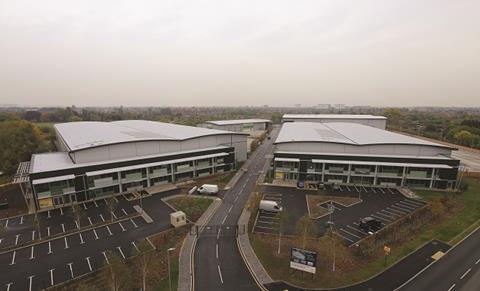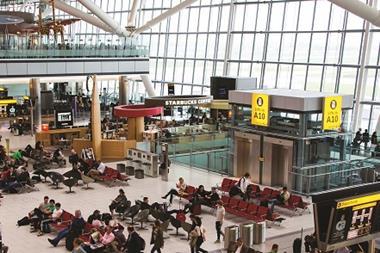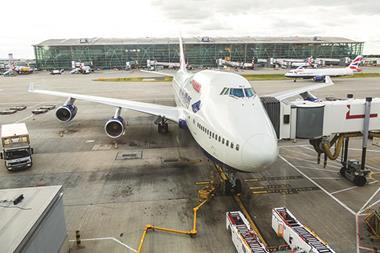So Heathrow has finally done it. Subject to red tape, a third runway will be built to accommodate more transport routes and passengers and to exploit potential growth in new and emerging markets after Brexit.

From an investment perspective, there will, no doubt, be some impact on the west London industrial market, which is currently at an all-time high, with sub-3% yields being achieved on Greater London/South-East industrial assets. Concerns over an industrial investment ‘bubble’ around Heathrow appear unfounded though, given the significant rental growth coming through the sector in the short-medium term, driven by market factors, the wider economy and the resulting strong investor appetite.
But I don’t believe industrial landlords and neighbouring landowners should be rubbing their hands yet. We face years of challenges to the development and it will take some time for all the affected sectors to adjust to the increased freight capacity that the third runway will bring.
It is really important that the industrial sector around the site grows strategically, as current availability of units circa 75,000 sq ft to 125,000 sq ft shows take-up is not always as quick as expected.
Regardless of what happens next, I believe demand for industrial space will continue to grow. This will be driven by demand from freight- and airport-related industries, as well as urban logistics and retail/wholesale businesses servicing central London that are prepared to pay a premium for the package of logistics on offer around Heathrow.






























No comments yet